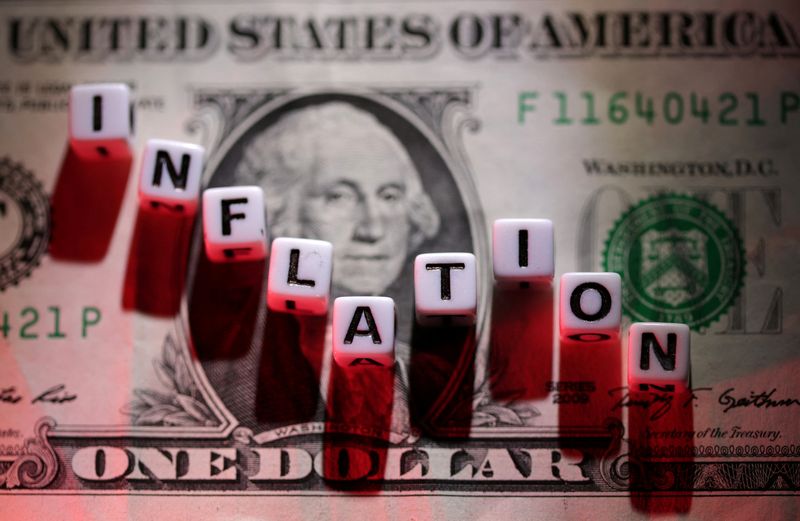By Davide Barbuscia
NEW YORK (Reuters) - Some large U.S. bond investors said on Wednesday they believe the Federal Reserve has reached a peak in its interest rate hiking campaign, despite inflation heating up in August on the back of surging energy prices.
U.S. consumer prices increased by the most in 14 months in August as the cost of gasoline rose, a report from the Labor Department showed on Wednesday, though the annual rise in underlying inflation was the smallest in nearly two years.
Some bond fund managers, however, believe it is only a matter of time until the 525 basis points of rate increases the Fed has already delivered take their toll on consumer prices.
"We believe that we have likely seen the last rate hike for this cycle, as the economic data that the Fed will see over the coming months will keep them on hold,” said Greg Wilensky, Head of US Fixed Income at Janus Henderson Investors, in a note.
The U.S. central bank last raised interest rates in July, by 25 basis points. Bets in the Fed funds futures market showed traders broadly believe the Fed will leave rates unchanged at the conclusion of its meeting on Sep. 20, but late Wednesday were pricing for a 40% probability of an additional 25 basis points increase in November.
David Kelly, Chief Global Strategist at J.P. Morgan Asset Management, believes the Fed has already hit the peak of the current monetary tightening cycle. Inflation will likely ease to below the Fed's 2% target by late 2024, he said in a report after the data.
"After today’s numbers we continue to expect the Federal Reserve to skip any further rate hike in September and, on balance, we expect no further rate hikes in this cycle," he said.
Of course, inflation has proven to be stickier than many anticipated since the Fed started hiking rates in March last year to cool the economy. That has some large investors hesitant to bet on an end to Fed tightening just yet.
Rick Rieder, BlackRock’s Chief Investment Officer of Global Fixed Income, said on Wednesday there was a "worrisome" possibility of inflation running at higher levels, over time, than before the COVID-19 pandemic due to structural factors such as larger government deficits and sizeable debt levels.

Still, he expected the slowdown in price pressures to continue, although with some volatility.
"There will be bouts of moderate disappointment from time to time in the battle against inflation ... but the trend toward lower and more sustainable rates of inflation is durable in our view," he said.